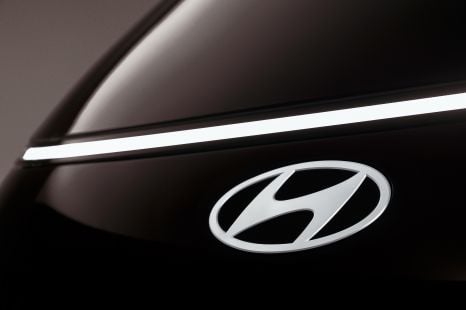

Damion Smy
Hyundai teases Staria EV ahead of likely January reveal
2 Hours Ago

Contributor
Audi will produce of a new flagship Q8 e-tron electric SUV, built on a purely electric platform, to sit above the forthcoming Q6 e-tron in its expanding EV range.
Production plans were confirmed at an event commemorating the eight millionth car built at the Audi Brussels plant in Belgium.
Speculation in Europe points to a reveal around mid-decade, so it’s not imminent. One report had 2026 as the debut timing.
This Q8 e-tron will act as an indirect replacement to the existing e-tron and e-tron Sportback models. It could also replace the internal-combustion Q8 once it goes on sale.
One of the few details Audi gave away about the Q8 e-tron at its production milestone event is that it’ll be “larger” than the e-tron.
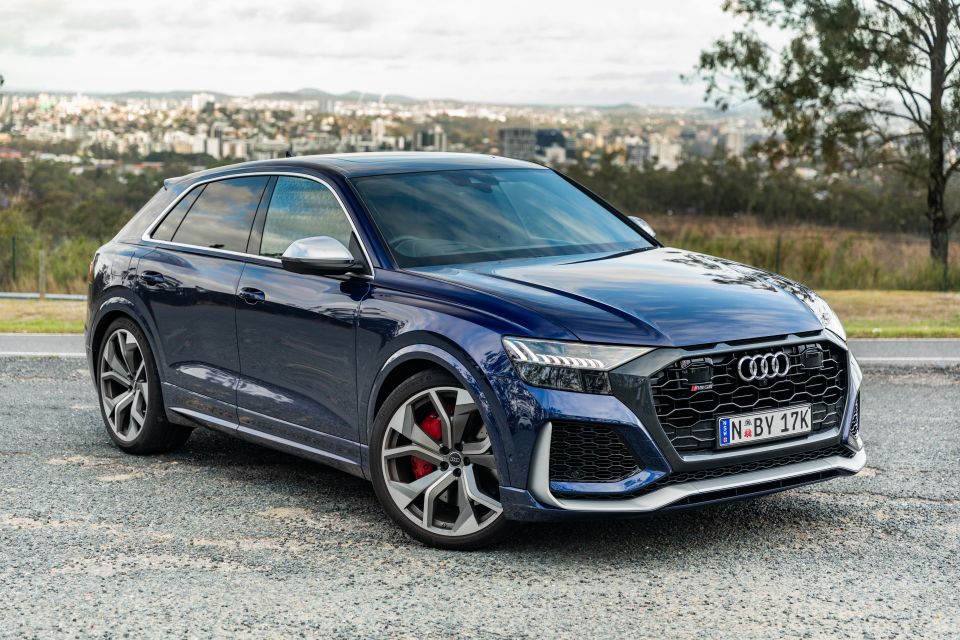
It’s also expected the Q8 e-tron will slot above the Q6 e-tron that’s slated to debut in 2022.
Audi currently produces the e-tron and e-tron sportback models at its Belgian production plant and executives have confirmed the Q8 e-tron will also be produced there too.
“The future will be electric. Our factory in Forest is carbon neutral. And when we deliver a new vehicle, it is with a ‘zero emissions’ perspective,” said Audi CEO, Markus Duesmann as quoted by French publication RTL.
“Based on this experience, the next car produced here will be the Audi Q8 e-tron, the electric successor to the current e-tron. This choice can be explained by the current success.”
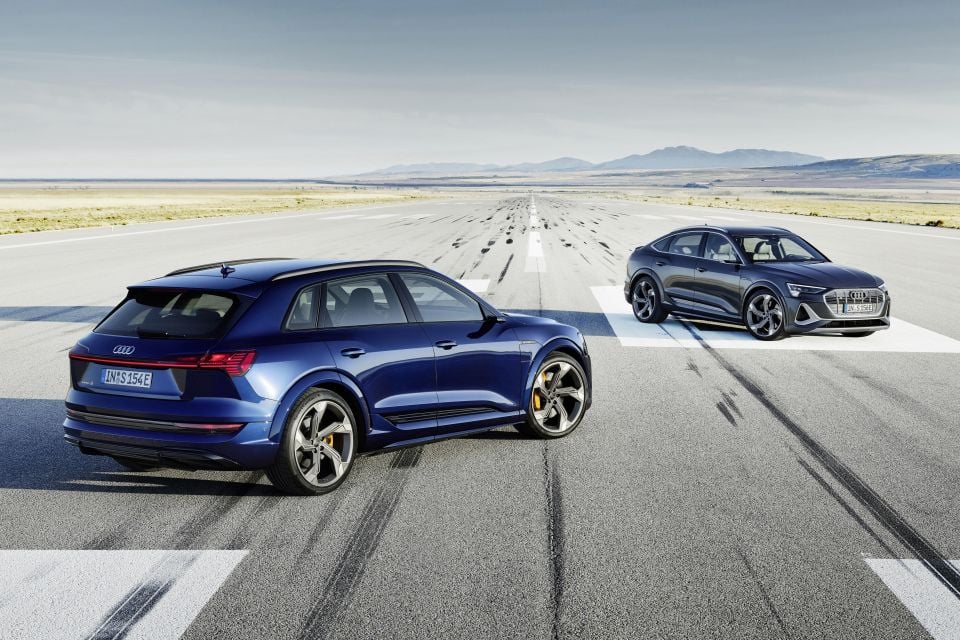
It’s speculated the e-tron and e-tron Sportback will be receiving its first and final facelift in 2023. A spied prototype of the Sportback model has already been seen.
Details surrounding the Q8 e-tron’s platform, powertrain and battery are yet to be seen.
The existing e-tron and e-tron Sportback electric SUVs are based on an adapted version of Audi’s internal-combustion engine MLB architecture, whereas the upcoming Q6 e-tron will use the Premium Platform Electric (PPE) architecture that’s been jointly developed by Audi and Porsche. So too will the Q8 e-tron.
An evolution of the J1 platform used in the Porsche Taycan and Audi e-tron GT, the PPE architecture can be used in vehicles with varying powertrains layouts, battery sizes, ride heights, as well as wheelbase lengths.
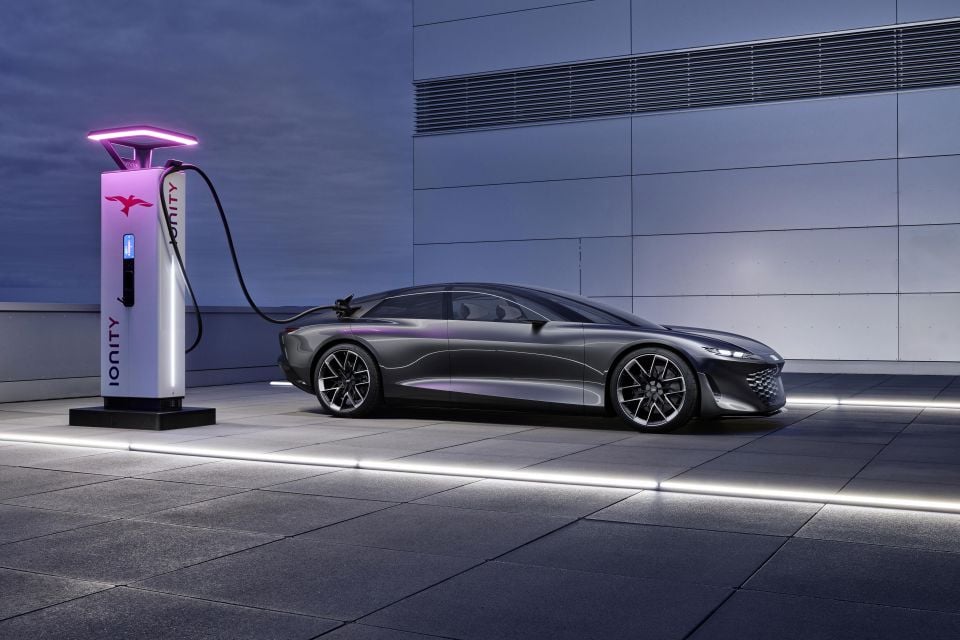
The largest application of the PPE architecture thus far is the Audi Grandsphere concept, which points to a future flagship due by the middle of the decade.
Measuring in at 2.0m wide, 1.39m tall, and 5.35m long with a 3.19m wheelbase, the Grandsphere concept is longer and wider than a long-wheelbase A8 whilst being around 120mm lower.
The Grandsphere concept uses a 120kWh battery pack and a dual-electric motor all-wheel drive powertrain.
Total outputs are 530kW and 960Nm, with a claimed electric range of over 750km on the stricter WLTP standard and a 0-100km/h time of just over four seconds.
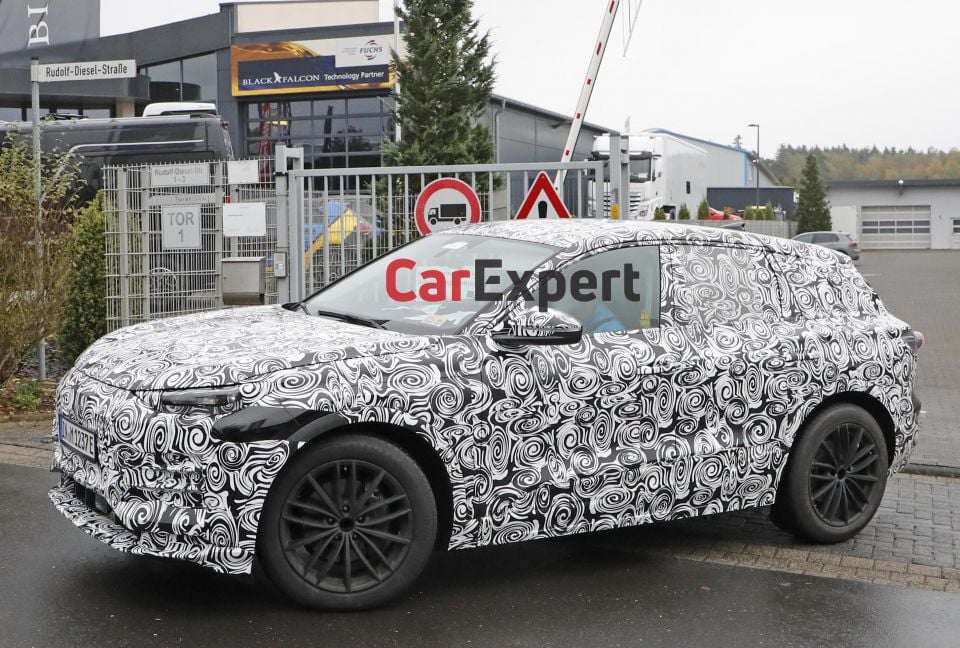
The Q8 e-tron is expected to use the PPE architecture and some elements of the Grandsphere concept’s electric powertrain and battery, although this isn’t confirmed.
The confirmation of the Q8 e-tron is part of Audi’s current plan to go all-electric by 2033 in all of its markets except for China.
It plans to launch its last new global model with internal combustion engines in 2025 and by this date, Audi is planning to have at least 20 electric models in its lineup.
Where expert car reviews meet expert car buying – CarExpert gives you trusted advice, personalised service and real savings on your next new car.
Jack Quick is an automotive journalist based in Melbourne. Jack studied journalism and photography at Deakin University in Burwood, and previously represented the university in dance nationally. In his spare time, he loves to pump Charli XCX and play a bit of Grand Theft Auto. He’s also the proud owner of a blue, manual 2020 Suzuki Jimny.


Damion Smy
2 Hours Ago
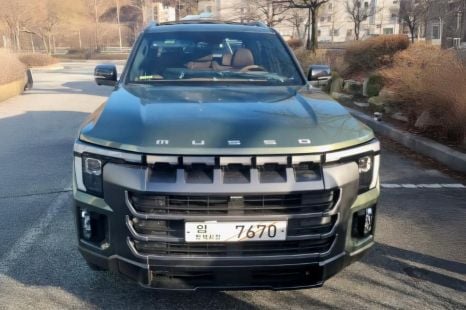

Damion Smy
5 Hours Ago


Damion Smy
7 Hours Ago
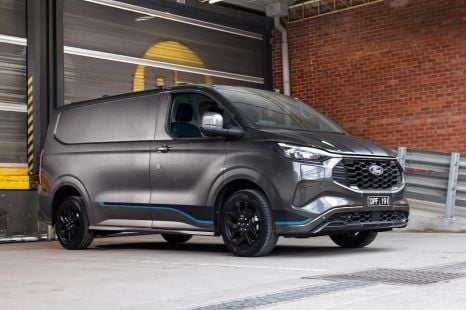

Damion Smy
7 Hours Ago


Damion Smy
8 Hours Ago
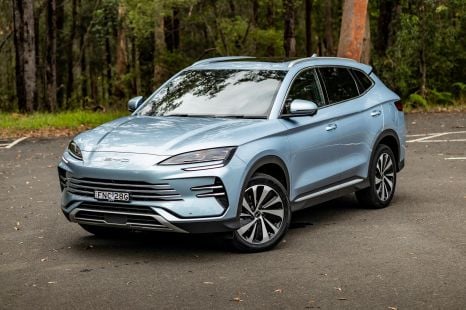

Josh Nevett
8 Hours Ago